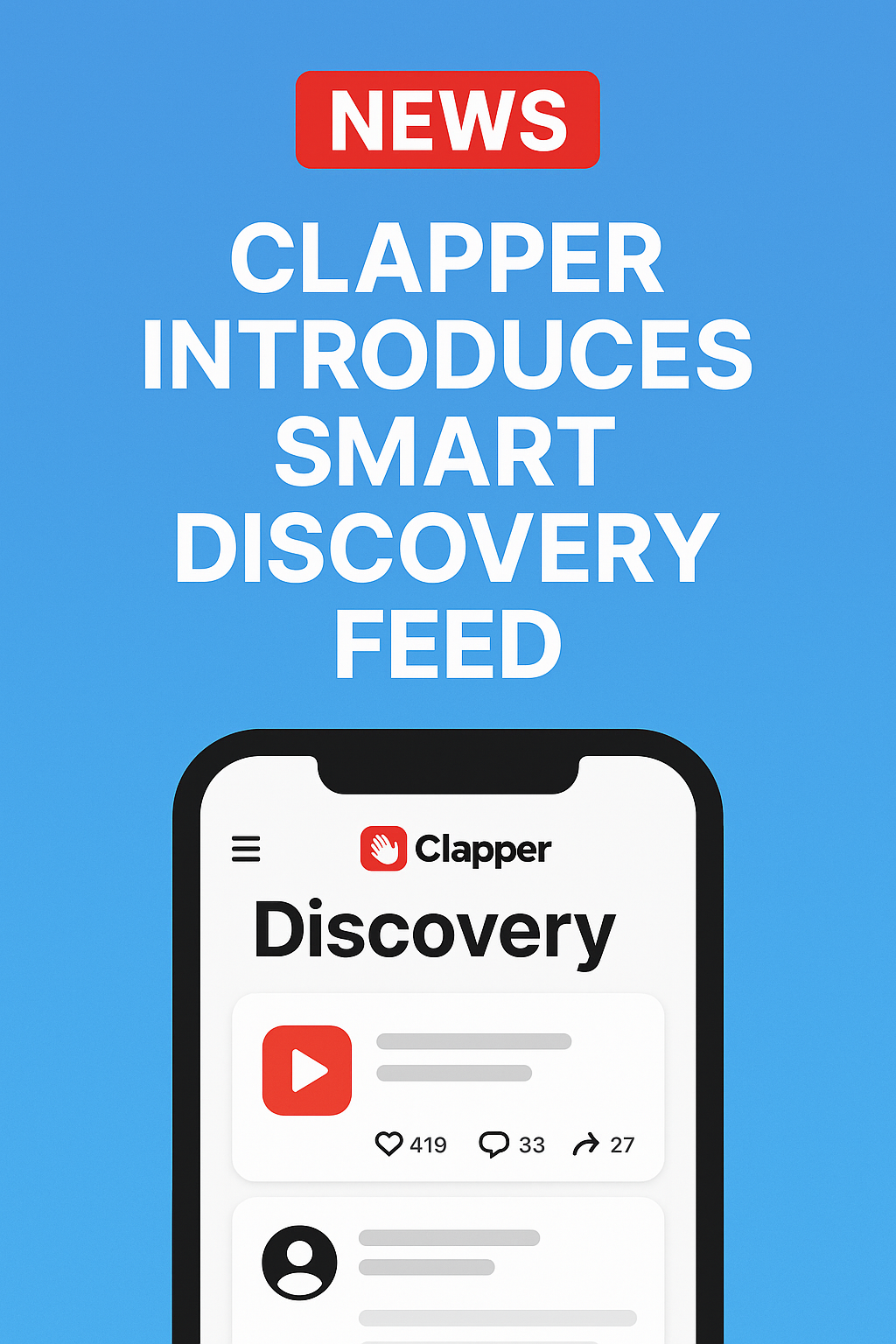
Days after one of the most unlikely contenders–The New York Times–announced its plans to get into the daily deal space with the launch of its own deal site, TimesLimited, the publishing giant apparently saw no reason not to look to the competition for a boost. Over the weekend, the New York Times was featured as a Groupon deal for a 12-week subscription to the Sunday edition of The New York Times for $36, representing a discount of 60%. (In an interesting aside, Groupon notes that the Times currently offers similar 12-week subscriptions for $45 in certain areas, but Groupon’s offer is still the best deal available. Obviously, this is meant to head off potential accusations of price inflations.)
If it wasn’t already obvious that print media is circling the drain, here you go. The Times announced last week the debut of its new daily deals site, TimesLimited, designed exclusively for New York Times’ advertisers. The move clearly translates to a logical response to the flood of advertisers leaving print media en masse and turning their attentions to the newest phenomenon in online advertising: daily deals. A brand or business looking to get more eyeballs to their site has the simple option of creating a campaign on a daily deal site like Groupon or LivingSocial for local campaigns, or sites like Gilt Groupe for a nation-wide campaign.
The move makes sense. The New York Times has seen solid growth in digital advertising, reporting an 11% increase in Q4 2010 over Q4 2009. But the increase wasn’t enough to offset declines in print advertising, which dropped 7.2%, and circulation, which dropped 3.6%. So it seems logical that the Times would decide to beef up its online advertising unit so that it will be able to offset those inevitable losses.
But what about the problem of declining circulation? The Times may be able to woo back advertisers by offering a daily deal site that will get them a larger audience, but the Times is still a content business, and it needs that audience just as much as the advertisers do. But as its subscriber base dwindles, it’s forced to turn to its competitor’s subscriber base: Groupon.
What’s interesting to note is the fact that in its own way, Groupon is also a content business. Groupon didn’t just attract subscribers with deals promising steep discounts. Like the NY Times, Groupon’s content has also played a key role in building up its subscriber base. The daily deals leader invests a great deal of time and resources into its content, making sure to hire writers who can produce write-ups that match the company’s uniquely snarky style. Groupon’s process of hiring writers is actually pretty intensive: applicants must produce writing samples and undergo a writing test, and those who fail to measure up get the boot. And that investment in content is likely what’s keeping Groupon on top. As the New York Times and Bing–and millions of Groupon clones–have demonstrated, anyone can create a daily deals site. Groupon’s singular voice is what sets it apart.
In other words, Groupon has found the perfect blend of content and advertising to slingshot it to success–because it’s coming to the dilemma of monetizing content in the Internet era from a fresh vantage point: as Internet companies like Demand Media and AOL are showing, content no longer precedes ads. It used to be that ads were the trim to content’s house, but this isn’t the case anymore. As the new TimesLimited deal site reveals, advertising is taking a new front seat.
Image source: flickr.com

















